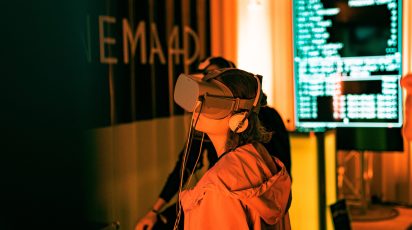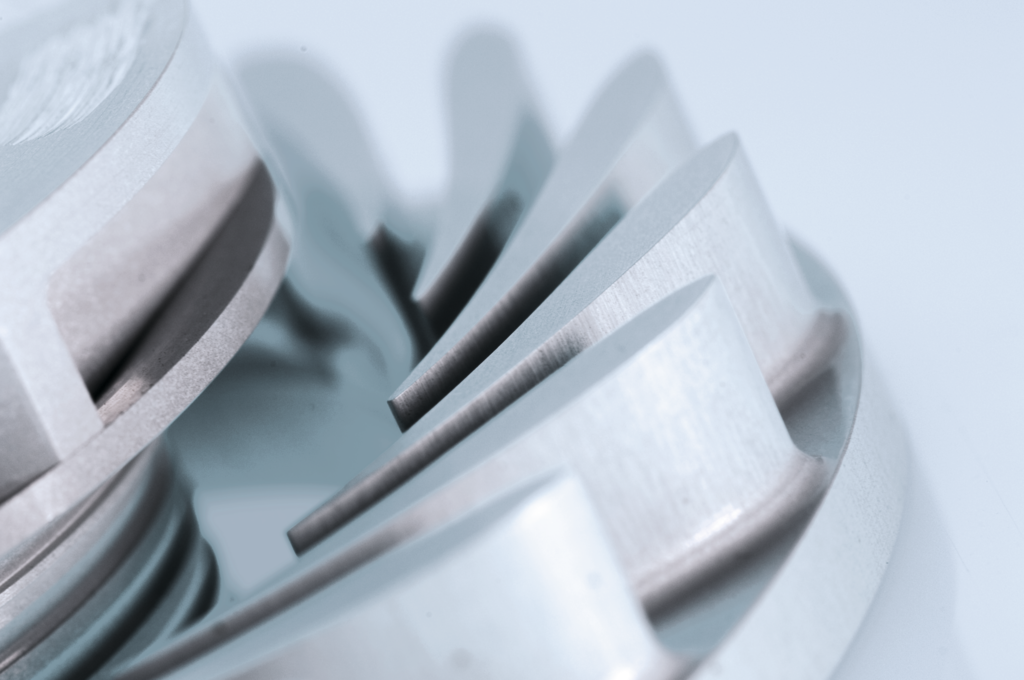
May 27, 2022
Virtual and augmented reality in maintenance planning
Virtual reality (VR) and augmented reality (AR) both play an important role in many aspects of business. From human resources and employee training to manufacturing and logistics, VR and AR are already changing how we do many tasks. In this blog post, you will find out how virtual and augmented reality can improve the way maintenance is planned and done and what the future hold for these promising technologies.
Nothing without well-timed maintenance
Maintenance planning is an essential element of every production cycle. It ensures that production is continuous without interruptions, so precise timing and detailed planning are a must here. If you are working in the oil and gas industry, you already know that avoiding and postponing maintenance is never a good idea. Many experts in the field are striving to find the best solutions for ensuring that maintenance runs smoothly. First, though, companies need well-trained operators who can complete complex maintenance procedures with no mistakes or delays. While some businesses are still relying on classical training methods, such as classroom learning or shadowing, these approaches are increasingly becoming more difficult and more complex to implement, as we are already seeing today.
Now let’s be clear. The way that maintenance is being done is by no means inefficient and it works, but, as in every field, there are new technologies out there ready to be implemented. These can improve safety, prevent significant losses or drive business growth. Two important new technologies are VR and AR, and believe us when we say this, they offer a lot.
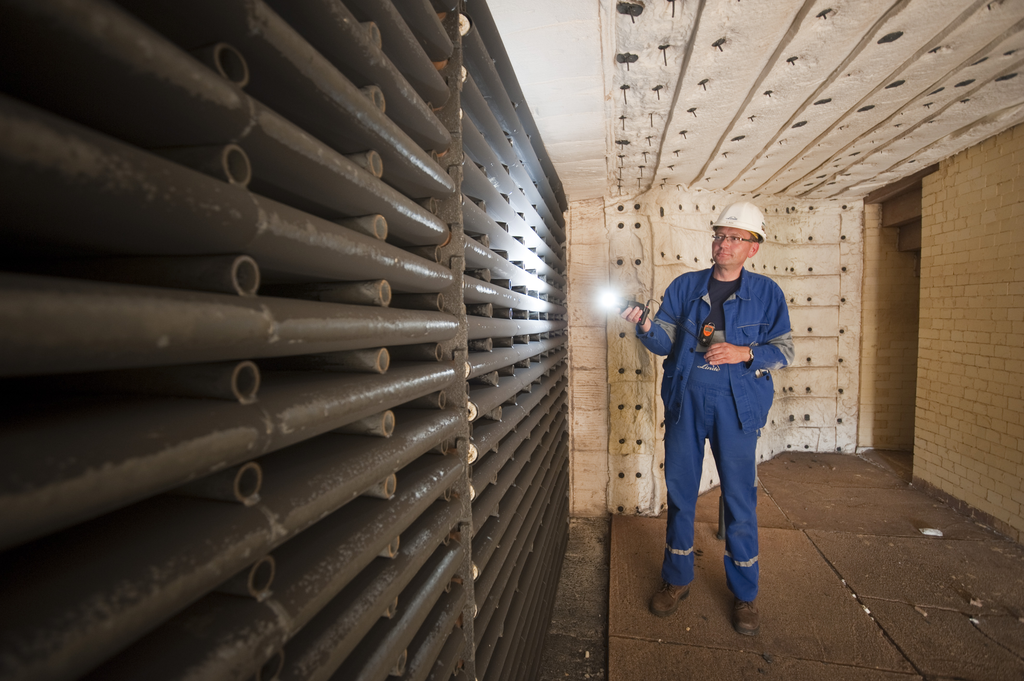
Virtual reality in maintenance
The most common use of VR in the industry is for operator training. Thus, we created Linde Virtual Academy as an innovative way to train your operators. In this operator training program, the student’s location is irrelevant, as the only things needed are a good internet connection and a VR headset. There is no longer any need to wait for the perfect opportunity on site before practicing how to operate cryogenic pumps or reboilers, nor are there weather-related obstacles when working at height.
Instead, trainees are immersed in a life-size simulation of the actual industrial plant that they will eventually be working on. They can interact with the different assets and tools, learn the operating procedures and gain new skills just by “playing a game”. The trainees can repeat each scenario as many times as needed without putting themselves, the equipment, or the plant itself at risk. Once they have completed the VR safety program, they are trained operators who can go out and perform maintenance with few if any mistakes. This means that there will be less damage to equipment and fewer shutdowns due to an operator’s lack of knowledge, and maintenance will be done faster.
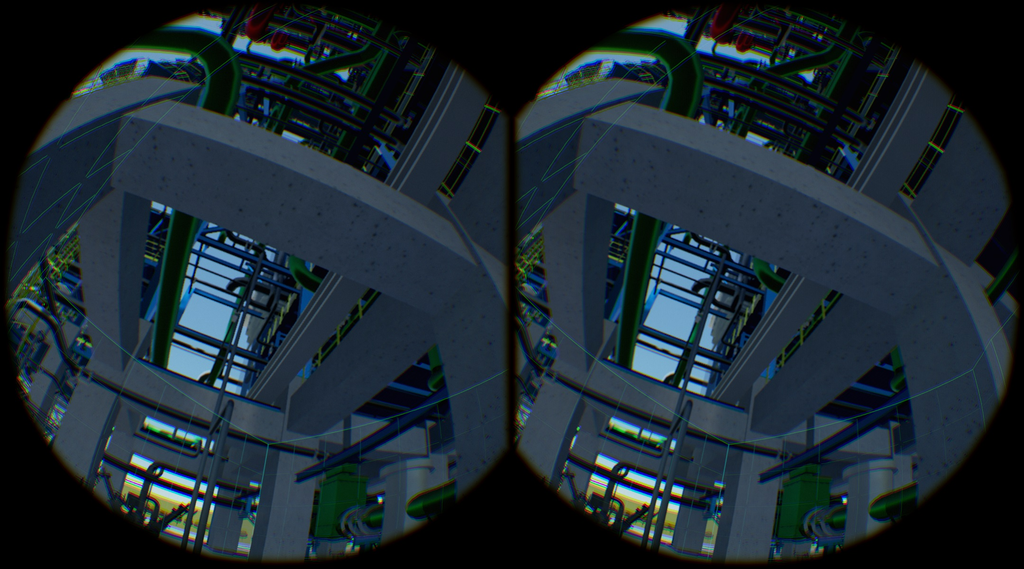
Augmented reality in maintenance
AR is somewhat different, as information is overlaid on the real world through devices like tablets, smartphones or AR glasses. Thus, AR training does not need any special devices unless some processes require both hands. The accessibility of AR is what makes it so interesting and applicable. Here are four ways it can be used in the oil and gas industry:
- By simply scanning a QR code with any of the devices mentioned above, AR can give an operator more information about an unfamiliar piece of equipment.
- Operators can use AR to gather data from devices like sensors that monitor equipment conditions, such as temperature, vibration and humidity. This information is important because it guides maintenance planning.
- AR allows an operator to access historical and real-time data about equipment, including previous maintenance, inspections and any current or previous issues that have been diagnosed.
- Another way that AR can benefit the industry is by enabling workers to consult with remote experts, who no longer need to travel to the site, as AR can give them a live view. The expert can then instantly provide instructions and collect feedback, wherever they are.
AR is an excellent way to improve various business processes, and the statistics confirm that it is a great way to revolutionise how any company works.
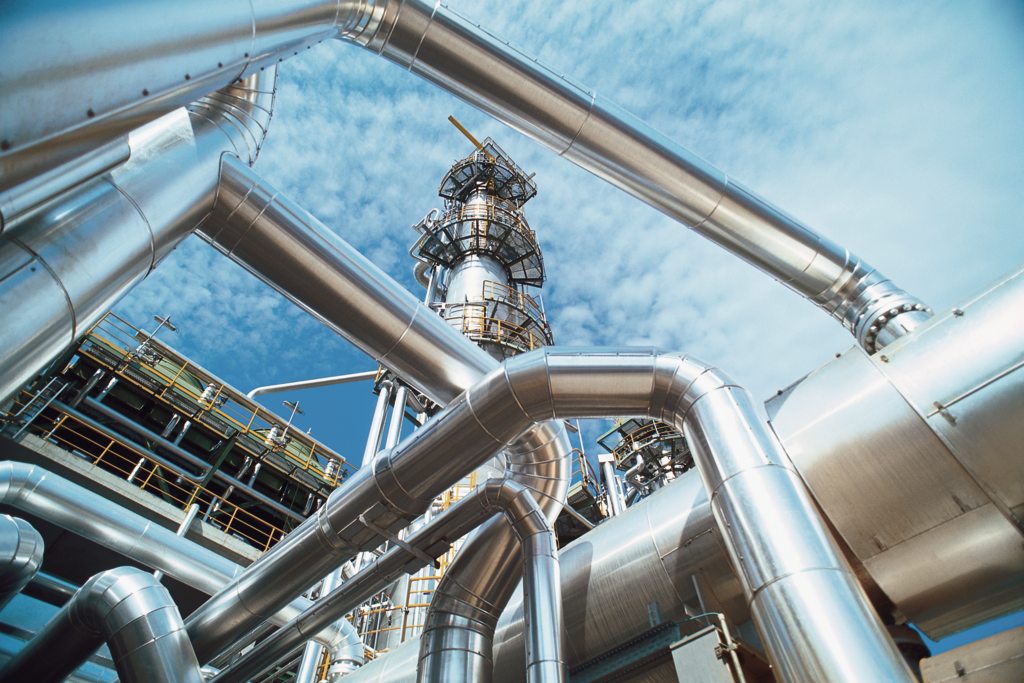
Our team has already published a more in-depth description of AR, so to find out more about the functionality, benefits and how it works, here is the link. According to Techjury, 82% of companies implementing VR or AR have stated that the benefits exceeded their expectations. The direction in which these technologies are leading prominent businesses is clear, so think twice before rejecting what it can do for you.
The era of new technologies
We can safely say that in this century, some of the most exciting technologies have been developed for the oil and gas industry, especially virtual and augmented reality. With the current high rates of adoption, we believe that VR and AR will attract more and more attention. Thus, the solutions will only get better with time. We are pleased to be part of this future. We analyse and evaluate every new development in VR and AR and determine whether it can maximise operator safety.



